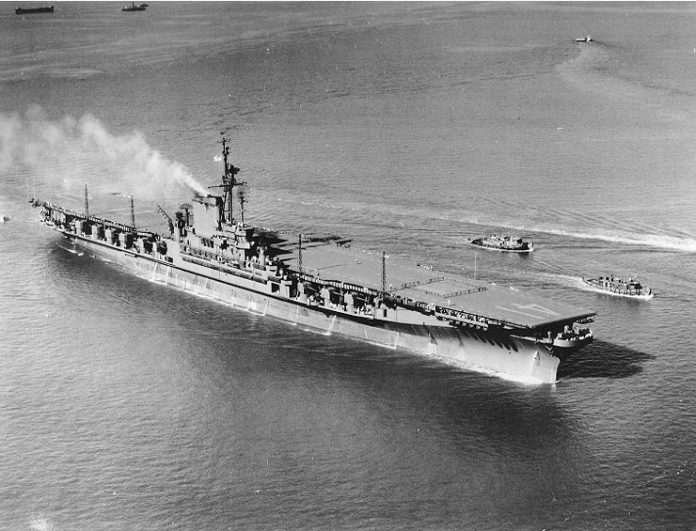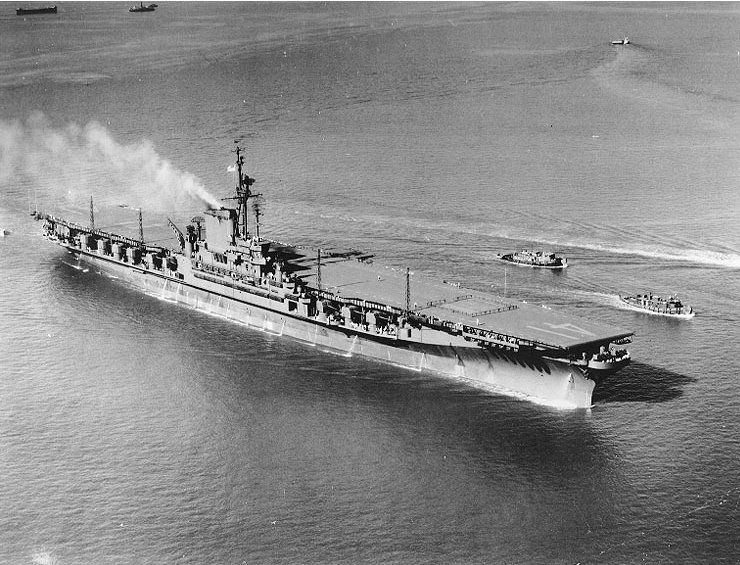
When the U.S. Navy commissioned the Midway-class carriers in 1945, they were a leap forward in carrier design but their finest hours would come decades on. Conceived on the World War II crucible but commissioned in the jet age, these vessels were an era bridge, marrying armored survivability with the capacity for deploying increasingly powerful aircraft. As much as their tale is one of combat, it is one of engineering resilience.
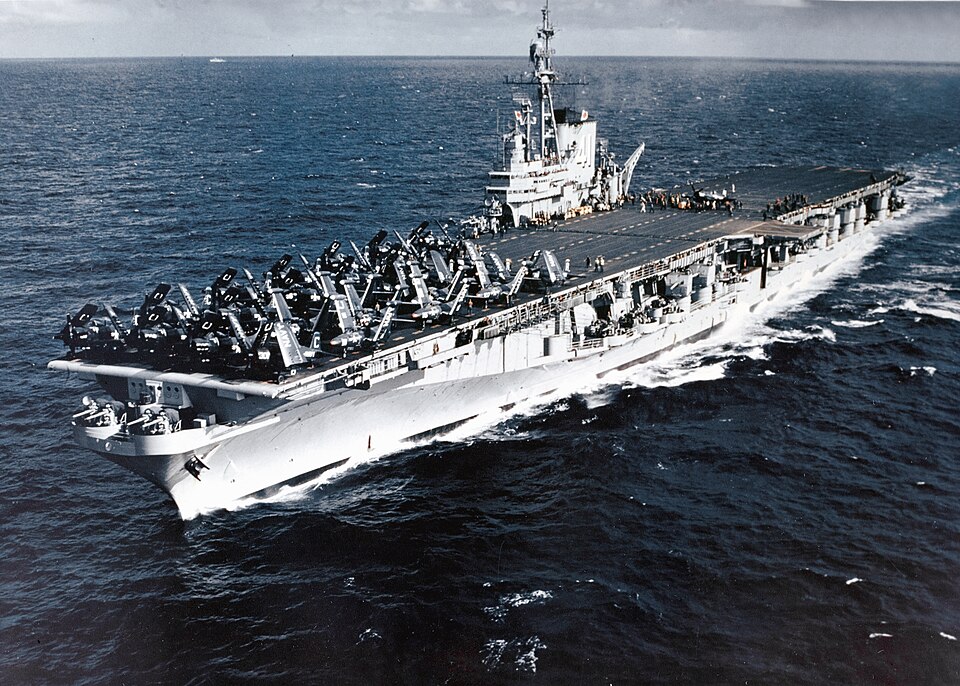
1. Its Origins During Wartime
The Midway-class was the product of harsh wartime experience, as Japanese raids on Coral Sea and Midway made clear the vulnerability of wooden flight decks. The General Board of the Navy recommended a 45,000-ton “battle carrier” with an armored flight deck and massive compartmentalization to resist battle damage. President Franklin D. Roosevelt initially hesitated at their construction length compared to the Essex-class, but allies like Captain Edward L. Cochrane convinced him otherwise. Their design was a vessel too broad to be accommodated in the Panama Canal, with a beam of 113 feet and a length of 968 feet resulting in them being the world’s largest warships at commissioning.
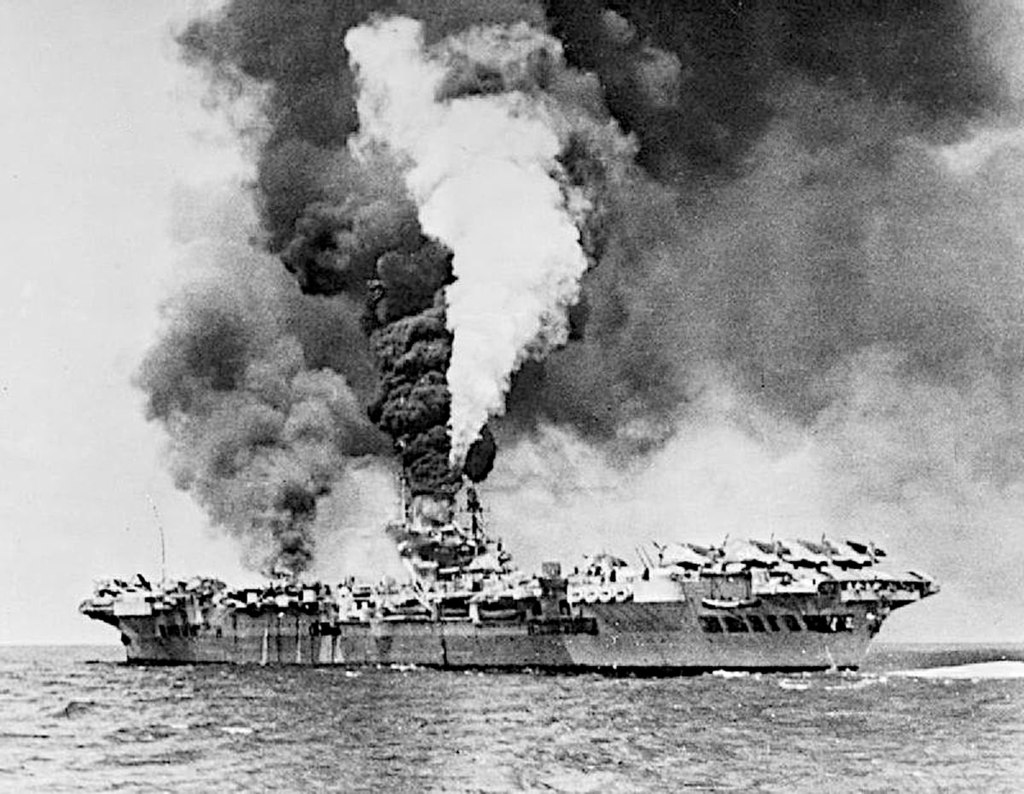
2. Engineering for Survivability
These were the first heavily armored U.S. flight decks, a design feature intended to absorb bomb and kamikaze impact without debilitating flight operations. The price was high: armor that was far above the waterline came at the expense of freeboard, and the ships were “very wet” in high seas. As one later analysis noted, “these problems were never solved,” although the strength of the design was never tested in combat against a major navy.
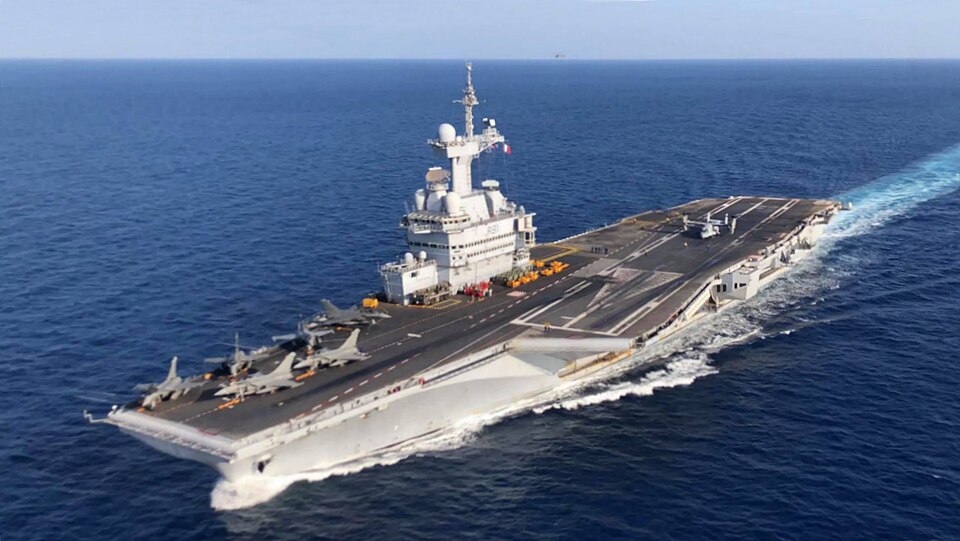
3. The Transition to the Jet Age
Midway’s sturdy decks and heavy lifts allowed them to be adapted to postwar growth in aircraft weight and size. During the 1950s, they were fitted with angled flight decks a technology allowing the recovery and launch of aircraft simultaneously and updated with steam catapults and enhanced arresting gear. These systems were needed to accommodate heavier, faster jets, as part of the more general CATOBAR revolution that defined modern carrier aviation.
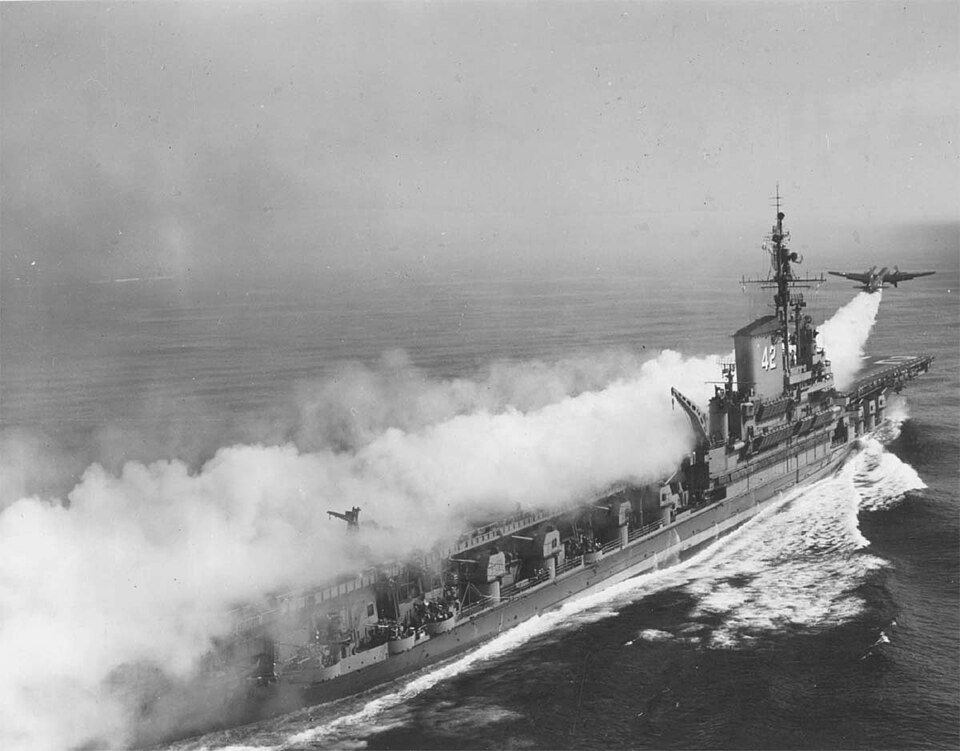
4. Nuclear Strike Capability
In the early Cold War, the Midway-class was the Navy’s first nuclear-capable carriers. Modified P2V-3C Neptunes, which were too large to return aboard, were begun to be craned onto decks before purpose-built AJ-1 Savages were available; they were launched with JATO rockets to carry 10,000-pound bombs on missions over 4,500 miles. Special weapon spaces and hardened decks emphasized their strategic deterrence role, despite the operational impracticability of such missions.
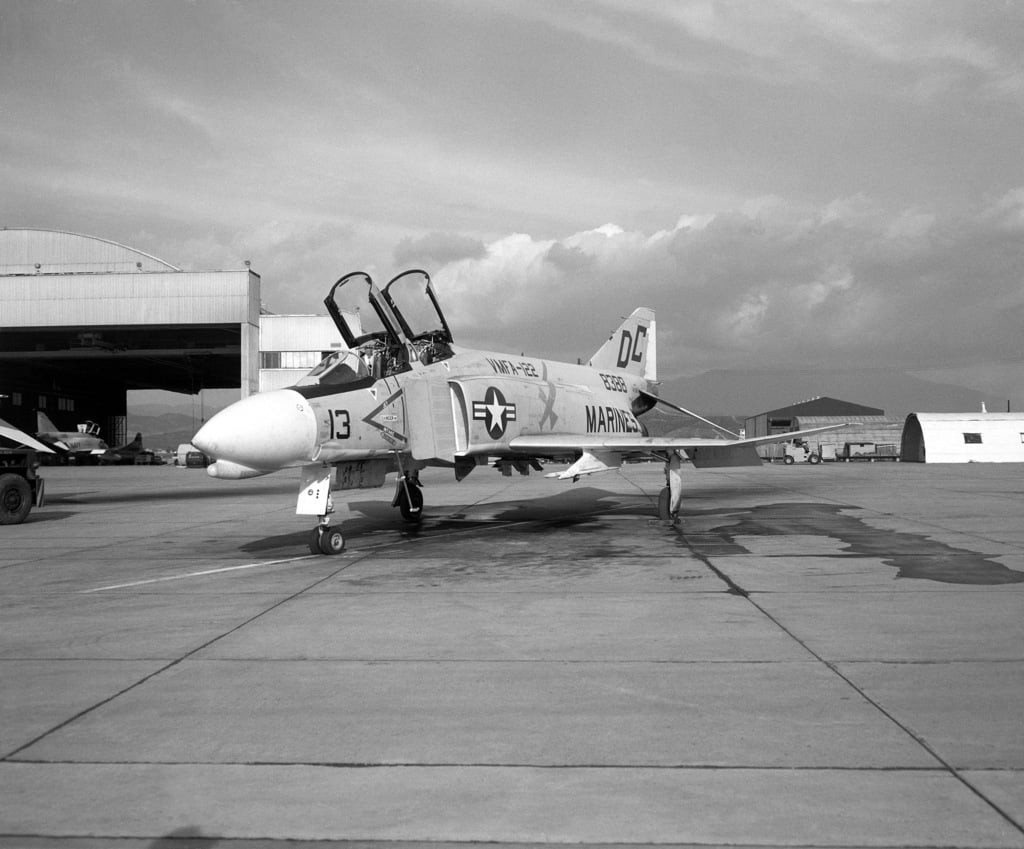
5. Operational Service and Combat Roles
While reserved for the Korean War in order to keep them in reserve for a possible war in Europe, the Midway-class served widely in Vietnam. The USS Midway’s Carrier Air Wing 2 registered the first U.S. MiG victories of the war in 1965, and later, in 1972, her helicopters recovered 48 downed pilots in Operation Linebacker. Coral Sea and Franklin D. Roosevelt also flew F-4B Phantom IIs on air attack and air superiority missions, against command centers, supply bases, and bridges.
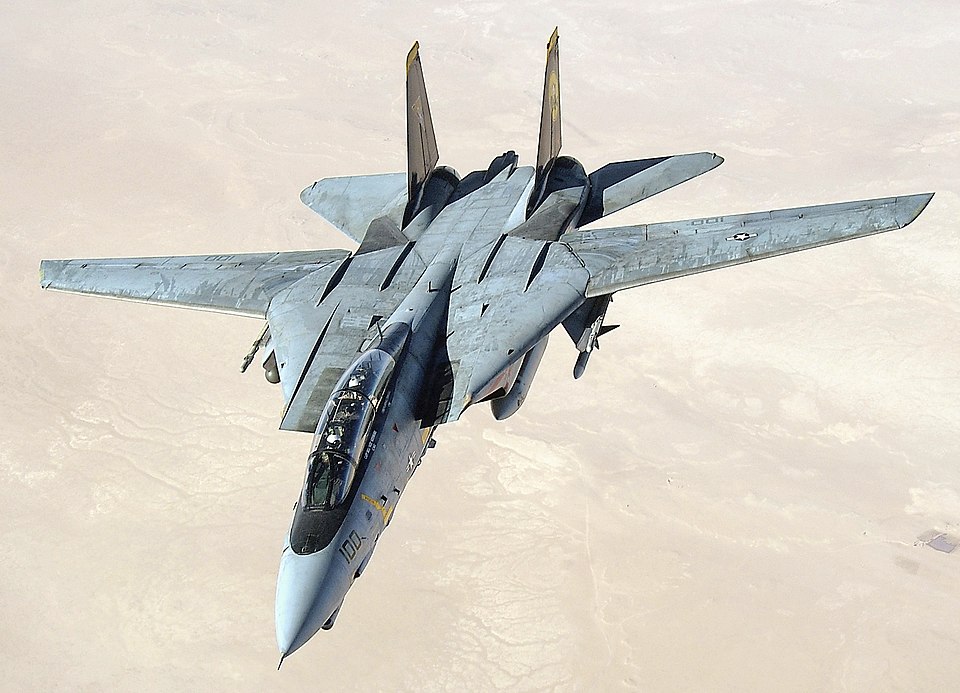
6. Modernization and Limitations
A number of overhauls added covered bows, improved seakeeping, and improved electronics. Still, the ships’ low hangar clearances and beam continued to restrict operations with the largest aircraft, the F-14 Tomcat specifically. Overcrowding of the crews over 4,000 individuals in close quarters was a persistent morale issue. Fuel consumption was mind-boggling: going through 100,000 gallons per day meant that resupply had to be constant.
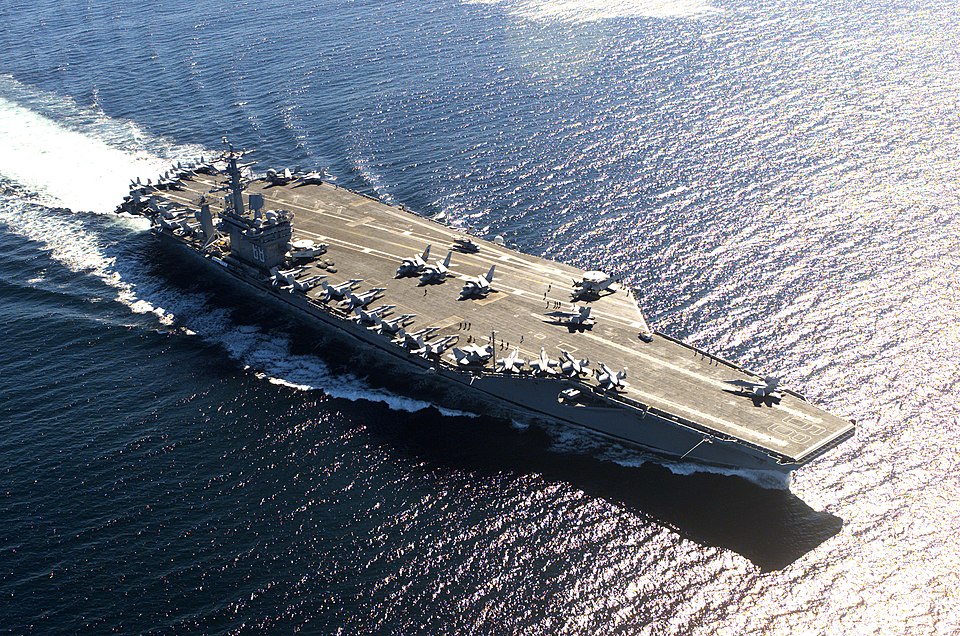
7. Gulf War Finale
In 1991, the USS Midway, then the Navy’s forward-deployed carrier in Yokosuka, Japan, led Battle Force Zulu in the Persian Gulf. Despite having only two catapults, she delivered more combat sorties 3,383 than larger Nimitz-class carriers, releasing more than four million pounds of ordnance without a problem.
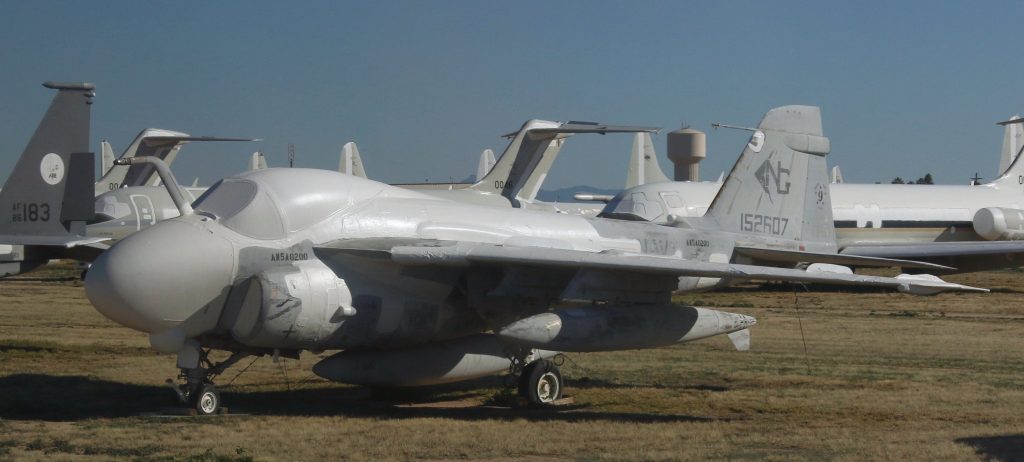
Her A-6E Intruders were among the first coalition planes within Iraq on January 17, striking air defenses and command nodes during the opening hours of Operation Desert Storm.
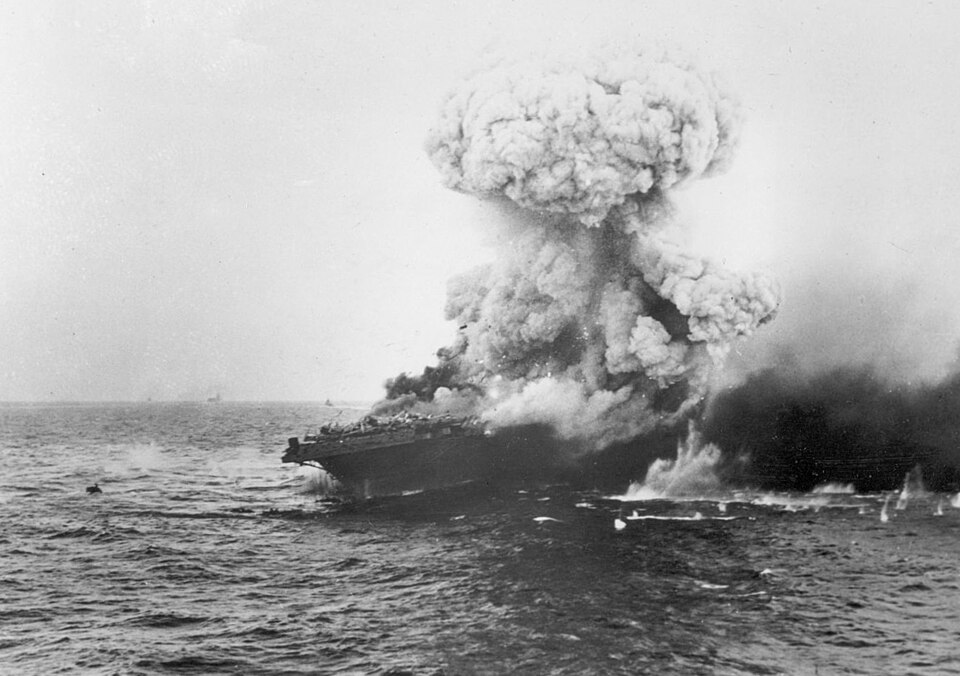
8. Legacy and Preservation
The Franklin D. Roosevelt in 1977, Coral Sea in 1990, and Midway in 1992. The latter is now a museum in San Diego, preserving a physical link to a class that varied from propeller-powered Corsairs to precision-guided ordnance. As one historian described, modernization made Midway and Coral Sea “essentially equal to the Forrestal-class supercarriers,” a testament to the acumen of their original design.
From plated decks pounded out in the footsteps of kamikaze raids to precision strike missions in the Gulf, the Midways proved flexibility, not perfection, is what defines a warship’s worth.
